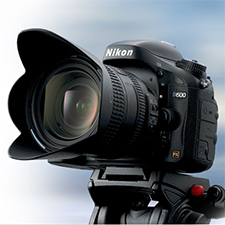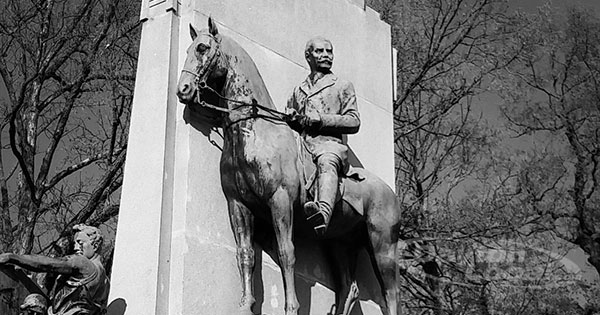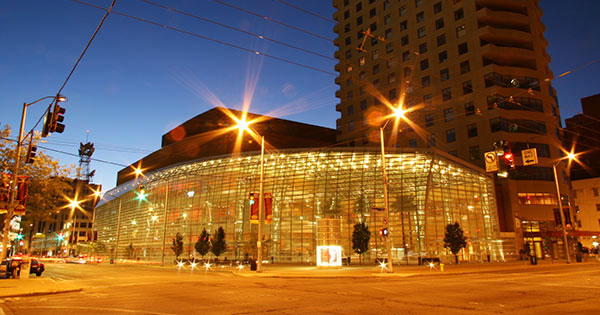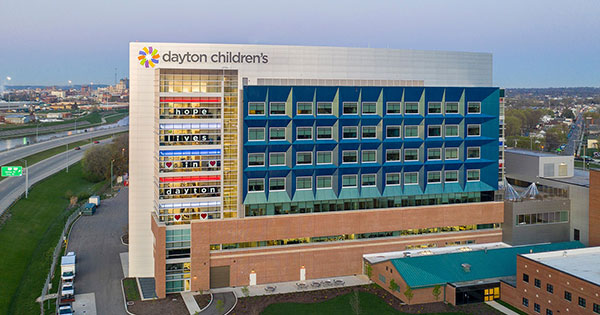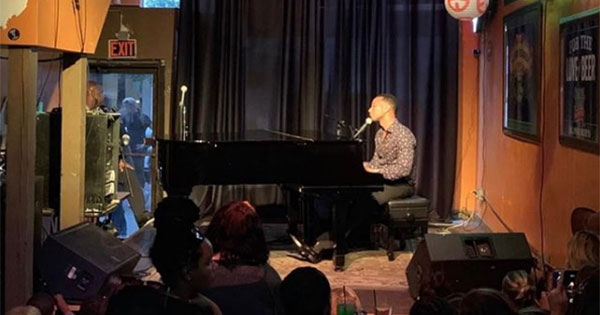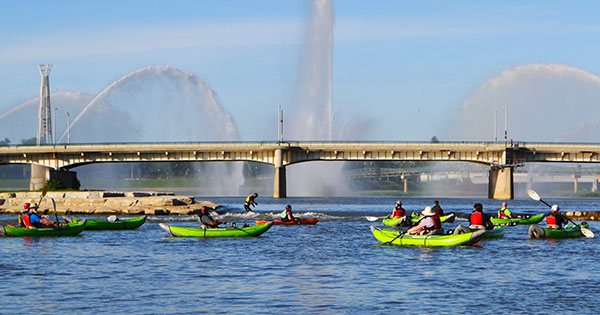Camera Lingo - What You Need To Know
Camera Lingo - What You Need To Know
Camera lingo....there's a lot of it! It can be a little overwhelming when you're entering the world of F stops, DX sensors, prime vs. zoom, and 24-70 2.8. I've tried to make it a little easier for you with some simple explanations of the most common terms you'll hear when discussing camera equipment.
Cameras
DX and FX: These terms refer to the format of the sensor, or the sensor size. DX cameras have a sensor that is approximately 1.5x smaller than the sensor on an FX camera. FX cameras are also referred to as "full frame".
What does this mean to you? It means when you're shooting on a DX camera, your lenses will zoom 1.5 larger than the number that is shown on the lens.
For example, if you're zoomed in to 200mm, you'll actually be viewing the scene the same as a 300mm lens would view it. That's good when you want to crop in closer, but not always a benefit when shooting at wider angles, since you won't get the vastness of the scene.
Most entry level cameras are typically DX format, with most advanced level cameras being the FX format. Obviously this is reflected in the price, with the higher priced cameras being the full frame. But Nikon has recently just launched a new, full frame camera, at what is typically an entry level price.
Megapixel: A megapixel is one million pixels. The megapixel count of the camera is basically how much detail a camera can capture, and you'll see that it's often a big selling point when camera bodies are being advertised, such as 12.1MP or 24.3MP.
While it's true that more megapixels does mean you're able to get more detail, it's not necessarily true that more megapixels means higher quality. There's so many things that go into creating a quality photograph, don't be fooled by thinking that a high mp camera is your answer to perfect photos all the time.
If you rarely print larger than an 8x10, lower mp cameras can create great, sharp prints. If you're printing large, doing a lot of cropping, or need lots of detail for post processing, then a higher mp camera may be for you. Most newer model cameras are 8mp and higher, which are perfectly fine for the majority of products being printed by consumers.
 Lenses
Lenses
As I mentioned in my earlier article about lenses, they're often as important, if not more important, than your camera body in determining your creative options.
PRIME: Prime lenses are a fixed focal length, such as 35mm, 50mm, 105mm. This means if you want to change your point of view, you have to move your feet! Although it sounds like that might be inconvenient, prime lenses are known to be very sharp and very fast, which is a huge help when you need to focus quickly.
ZOOM: Zoom lenses have a range of focal lengths, such as 24-70, 55-200, or 70-300. These type of lenses are very handy when you're photographing a variety of subjects and want to change your point of view quickly. The images at my daughter's 8th birthday party (right) were taken with a 28-75mm 2.8 lens, with me zooming in and out for different viewpoints.
APERTURE SETTINGS: You may have seen these numbers on your lens...1.4, 3.5, 5.6, etc. These are aperture or F-stop settings. These numbers let you know how much light your lens will let in. They also help determine how much of that creamy, blurry background you can achieve that photographers love so much.
The photos below show the progression of starting at f-stop 1.4 and increasing to f-stop 11. Notice how the background becomes more in focus when the f-stop numbers are increased.


When shopping for new lenses, the aperture settings are very important to pay attention to if you're wanting to get creative. In general, the lower the number goes, the more control you have over the lighting and focus of your subject. Another tip to keep in mind is that lenses with lower aperture settings also tend to be more expensive. But I'm a firm believer that in regards to camera equipment, you get exactly what you pay for. Rarely are photographers disappointed when they've chosen to invest in quality products.
I hope these short explanations will help you navigate a little more confidently thru the world of photography. I'll be sharing more detail on the importance of Aperture in a future article so be sure to stay tuned for that! Enjoy!


